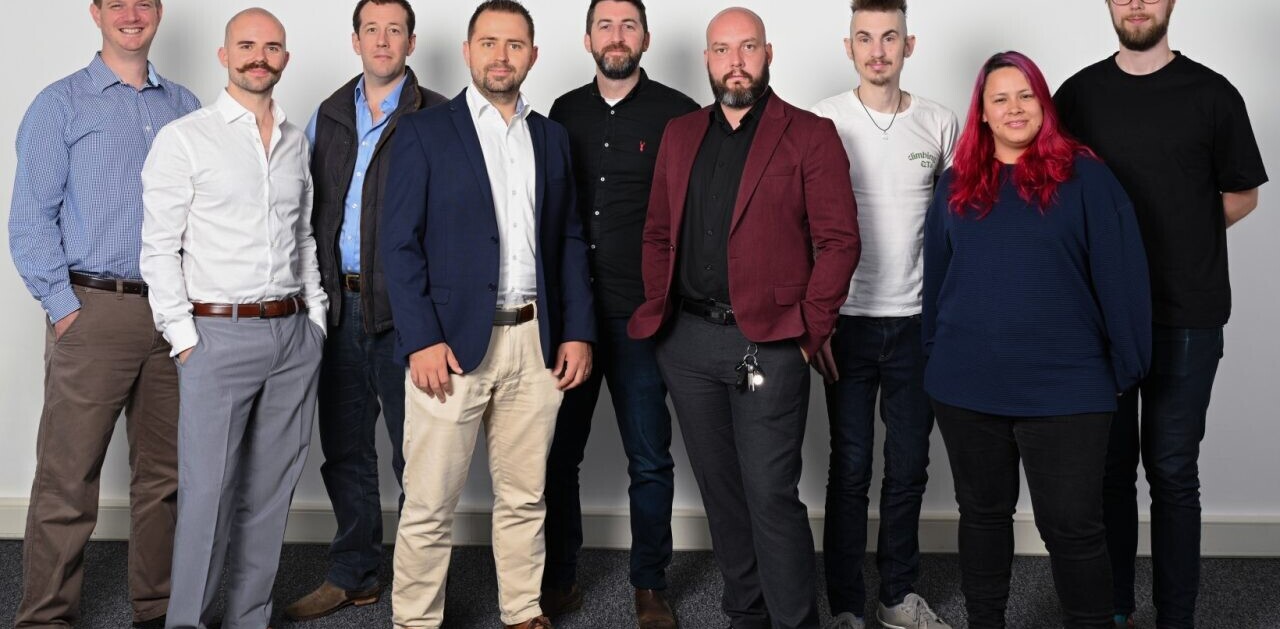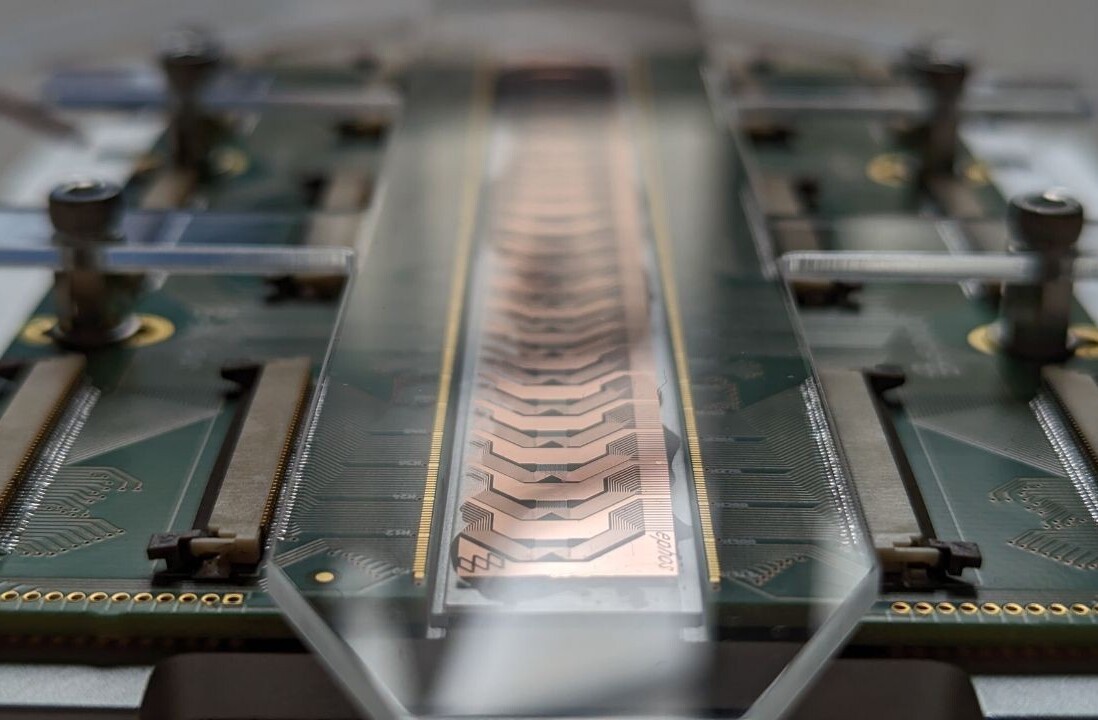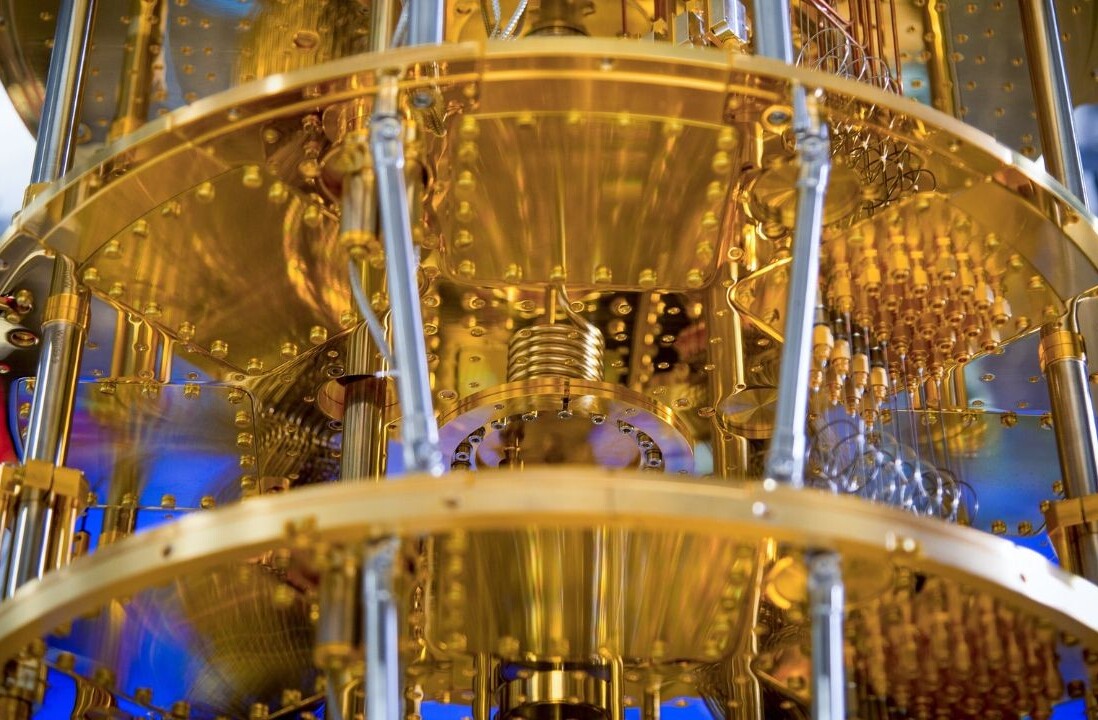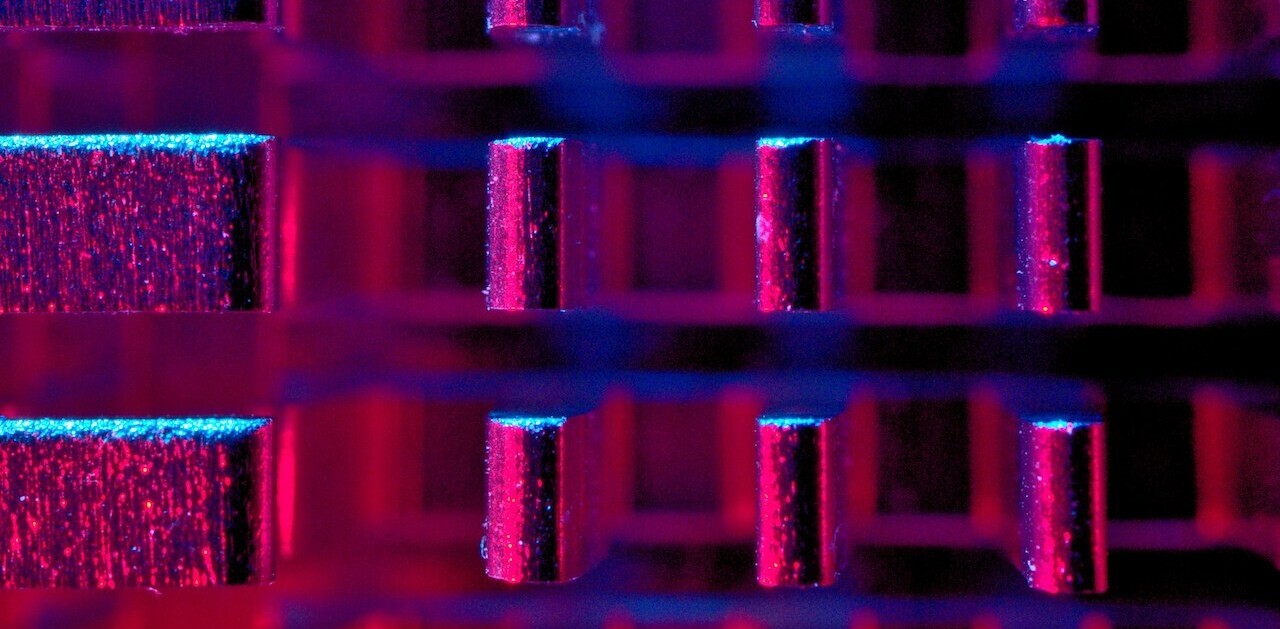
The name ‘Brainport’ may beckon images of wild-haired scientists and technology enthusiasts exporting shiploads of knowledge. And you’re not entirely wrong.
This tiny region in the Brabant province of the Netherlands is teaming with engineers, researchers, and entrepreneurs focused on developing cutting edge high-tech applications in the fields of medicine, mobility, energy, and nutrition.
Concentrated in just a 40 kilometer radius, you can find the meeting point of global technology corporations and research institutes including: Philips, DAF, ASML, TomTom, Eindhoven University of Technology, TNO Industries and Technique, and High Tech Campus Eindhoven.
This environment has created a natural incubator for tech startups with its research centers providing highly skilled talent wanting to transition from academia to startup life. Meanwhile, partnerships with major global players are just an arms length away.
It’s the birthplace of the lithography machine, which now produce chips for 80% of smartphones in the world, electron microscopes that lead to revolutionary breakthroughs in cancer research, and it was here that the robotic device used in the world’s first super-microsurgical intervention with ‘robot hands’ was made.
So what do investors need to know about investing in this innovation rich region? We’ve got your guide here.
More is more
The Brainport region is small — very small. Home to just 750k people, and 400k workers. However, despite its size, it’s managed to attract a flood of highly skilled scientists, researchers, engineers and tech talent.
This is in part thanks to the region’s leading engineering university — Eindhoven University of Technology, a public technical university that consistently ranks in the top 200 universities in the world.
This focus on R&D and technical education has meant big things for the region’s startups; according to Dealroom, Brabant has the fourth biggest startup jobs pool in the Netherlands, with over 16k tech workers in more than 700 startups.
It also has one of the highest numbers of registered patents per capita. “The innovative character of our region is supported by the facts,” Rob van Gijzel, Mayor of Eindhoven and chairman of the Brainport Foundation wrote.
Businesses based in Brainport Eindhoven are awarded four patents per day; this is more than half (55%) of the total number of patents registered throughout the country. Nowhere else in the Netherlands will you see as much private investment in R&D as in this region.
While Amsterdam is known for its software, Eindhoven is quickly becoming known as a hardware capital, which is helped by its close proximity to major public tech companies like Philips and semiconductor supplier ASML. This means burgeoning entrepreneurs have access to a large pool of tech trailblazers who can provide mentorship.
“There’s a major mentor-base here,” says Betsy Lindsey, CFO of Eindhoven-based Aircision.
Hardware is not a young person’s game — you need a lot of experience and knowledge to make it happen.
But van Gijzel is quick to point out that startups are the true backbone of the region’s tech industry.
There is a widely-held view that Eindhoven is all about Philips, or the other major companies operating from the city. Although each company generates an annual turnover of more than €4bn, there is more. The Brainport Eindhoven region is the basis for numerous successful, smaller and less well-known businesses. The ecosystem has a deep and far-reaching basis in electronics, IT, materials, manufacturing and intelligent and creative design.
A rising number of startups also provides a driving force behind the region’s innovation; “Industry in the Eindhoven region earns 28% of its turnover from innovation. This means that 28% of the total turnover of these companies is actually generated from new products. Products that did not even exist three years previously,” van Gijzel says. “The figure for the whole of Dutch industry is just 9%.”
Players to watch
The Brainport region’s best-known sector is deeptech, thanks again to its proximity to researchers and major corporates.
“We’re working on some incredibly sexy things here,” says Karl McGoldrick, CEO of battery manufacturer Brainport-based LionVolt.
Whether it’s solar, photonics, semiconductors, quantum or the hyperloop, some of the most exciting breakthrough innovations in the world can be found in the Netherlands.
A TechCrunch survey of Eindhoven-based investors sees robotics, medical devices and high-tech systems as other ecosystem strengths.
Some of the biggest players to watch include:
- Prodrive Technologies
- Smart Photonics
- EFFECT Photonics
- LionVolt
- Lightyear
- DENS
- Morphotonics
- Incooling
- Vaulut
- FruitPunch
And it’s not just startups that make the local ecosystem strong. The Brainport region is also home to several innovation hubs and accelerators that support it, including:
- BOM
- Braventure
- Brainport Development
- TNO
- LUMO Labs
- HighTechXL
- High Tech Campus
Funding roadblocks
While full of patents and innovation, the Brainport region isn’t immune to some of the problems plaguing the rest of the country’s startups, namely a lack of funding.
“Eindhoven is great for hardware but not for hardware funding,” says PalV’s Robert Dingemanse.
“If I’m in Silicon Valley, I can go down Sand Hill Road, where all the [prominent] VCs are [gathered] together. We don’t have them to the same level here,” McGoldrick of LionVolt tells Sifted. “You’re more likely to find the VCs in Amsterdam. Maybe we just haven’t generated enough excitement and success.”
Sifted’s report also found that Eindhoven’s few investors usually skip early funding stages and instead jump into Series A and beyond.
“It’s weak in seed investment,” Han Dirkx, CEO and co-founder, AlphaBeats says.
“There’s not a lot of capital for early-stage deeptech ventures. You can try to get subsidies or other public money but it’s time-consuming and uncertain for startups,” echoes John Bell, CEO of HighTechXL.
But the region isn’t without its breakout success stories — last year, 3D printing company Shapeways listed on the New York Stock Exchange, and LionVolt raised $5m for its battery technology.
Small but mighty may be the best way to describe the Netherlands’ tech scene, but nowhere is that more true than Brainport.
Get the TNW newsletter
Get the most important tech news in your inbox each week.
This post is brought to you by Techleap.nl.





